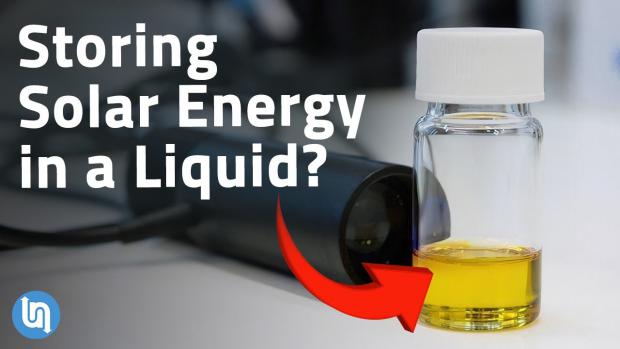
Breaking News
 CDC to end animal testing in groundbreaking decision that will impact hundreds of experiments
CDC to end animal testing in groundbreaking decision that will impact hundreds of experiments
 Once-thriving shopping mall in ailing Democrat-run city is eerily empty on last Sunday before...
Once-thriving shopping mall in ailing Democrat-run city is eerily empty on last Sunday before...
 One-of-a-kind trimaran is set to be pedaled around the world
One-of-a-kind trimaran is set to be pedaled around the world
 Israel Expands Territory With 19 New Settlements In West Bank
Israel Expands Territory With 19 New Settlements In West Bank
Top Tech News
 Perfect Aircrete, Kitchen Ingredients.
Perfect Aircrete, Kitchen Ingredients.
 Futuristic pixel-raising display lets you feel what's onscreen
Futuristic pixel-raising display lets you feel what's onscreen
 Cutting-Edge Facility Generates Pure Water and Hydrogen Fuel from Seawater for Mere Pennies
Cutting-Edge Facility Generates Pure Water and Hydrogen Fuel from Seawater for Mere Pennies
 This tiny dev board is packed with features for ambitious makers
This tiny dev board is packed with features for ambitious makers
 Scientists Discover Gel to Regrow Tooth Enamel
Scientists Discover Gel to Regrow Tooth Enamel
 Vitamin C and Dandelion Root Killing Cancer Cells -- as Former CDC Director Calls for COVID-19...
Vitamin C and Dandelion Root Killing Cancer Cells -- as Former CDC Director Calls for COVID-19...
 Galactic Brain: US firm plans space-based data centers, power grid to challenge China
Galactic Brain: US firm plans space-based data centers, power grid to challenge China
 A microbial cleanup for glyphosate just earned a patent. Here's why that matters
A microbial cleanup for glyphosate just earned a patent. Here's why that matters
 Japan Breaks Internet Speed Record with 5 Million Times Faster Data Transfer
Japan Breaks Internet Speed Record with 5 Million Times Faster Data Transfer
Why This Liquid That Stores Solar Energy for Years Matters

Storing solar energy cheaply and efficiently is a key component for the future of renewable energy. Even though lithium ion batteries are great for solar power, they can still be costly and, depending on the chemistry, there can be safety concerns. There are ways we can store solar energy more directly though … and one of those is heat. For instance, concentrated solar energy plants can use that heat for producing electricity, cement, steel, green hydrogen, or anything else that needs high temperatures. Or for storing that thermal energy for days. A recent breakthrough could allow us to store solar energy directly into a liquid for up to 18 years. How's it work? And could this be a viable path forward for solar energy storage? Let's see if we can come to a decision on this.

 Advanced Propulsion Resources Part 1 of 2
Advanced Propulsion Resources Part 1 of 2

